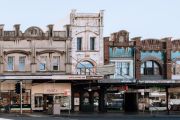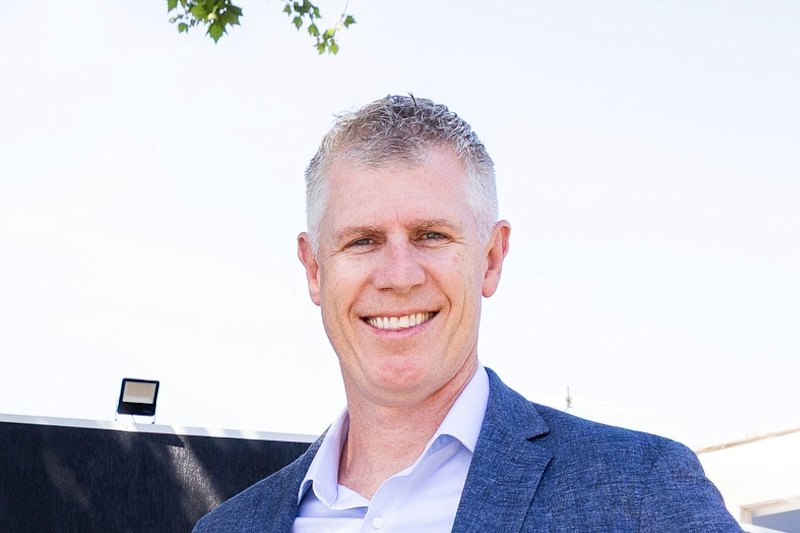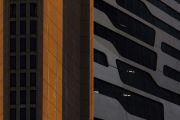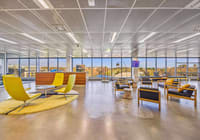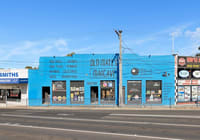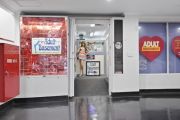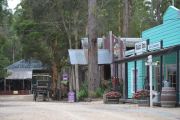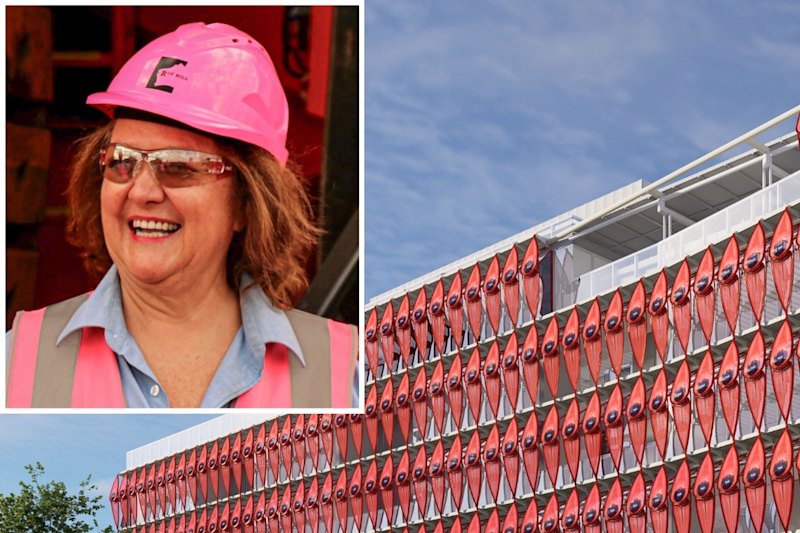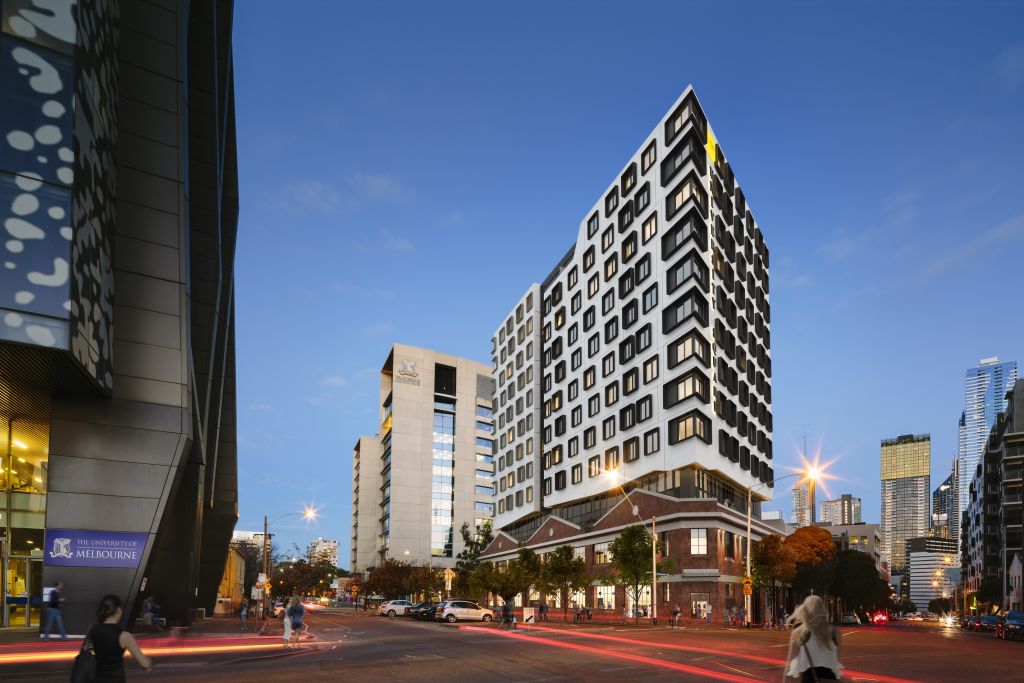
How new student accommodation is activating neglected parts of Australian cities
Australia’s $20-billion international education industry is changing the face of cities as student accommodation increasingly shifts from closed college campuses out into the mainstream community.
And where once no one wanted to live anywhere near students with their scruffy share houses and dingy apartment digs, this new generation of professionally-managed, purpose-designed lodgings is more often a welcome neighbour.
“We’re now seeing good student accommodation revitalising previously overlooked and unfashionable areas, and turning them into much more lively precincts,” says Rothelowman Architects principal Ben Pomroy.
“The overseas students coming to Australia, often from South-east Asia, are familiar with living in density and they only use their rooms for sleeping and occasionally for cooking. Mostly, they live their lives out on the streets, eating and socialising elsewhere.
“So this has the effect of creating a new vibrancy in the neighbourhoods around them, and their custom helps support local businesses like restaurants and cafes and gyms, and often provides part-time workers for them too.”
Melbourne was the first city where students started being relocated into the CBD and city fringes from campuses, re-invigorating the ground plan around their new blocks.
In Sydney, they’ve been a major catalyst for change, particularly around Chippendale’s Broadway with a number of new buildings servicing the University of Technology, the University of Notre Dame, one of the campuses of the University of Sydney and the Sydney campus of Curtin University.
Adelaide is the latest hotspot, where a massive new $60-million, 34-storey, 680-bed student hub, designed by Rothelowman, has just started construction, and includes in-house co-working ‘incubator hubs’ for local businesses to get together with students – to benefit both – and communal areas everyone can all share.
The same architects also have the $30-million 280-bed Melbourne CBD fringe Parkville campus underway for the University of Melbourne, another for Swinburne University, 360 beds at Melbourne’s Royal Parade, and have just drawn up a new development application for student accommodation for Sydney’s Macquarie University.
More than just beds
Student housing is one of the fastest growing sectors of commercial real estate, with Australia now the third most popular destination worldwide for international students. The number coming here grew 11 per cent to 554,179 last year, cementing education’s place as our third biggest export industry.
Along with this has come the fresh realisation that, as well as having an economic impact, lodgings built for international students can contribute positively to the urban landscape.
“You can see that mostly clearly in Sydney around Broadway where there’s a lot of new student housing and it’s now become an area where people are there 24 hours a day, and it’s a thriving centre with cheap eats streets,” says BVN Architecture principal Phillip Rossington, whose own firm won numerous awards for its $65-million, 600-bed Monash University Student Housing project at Clayton.
“Frasers’ Central Park has done a lot too, but the students have really helped to revitalise the area. Aesthetically, they can help a city too. I saw an unattractive apartment building on one street corner there pulled down and replaced with a very well-designed student block which has transformed a previously very dark, dank and bad corner.
“We’ve seen ourselves at Monash the benefits of putting in an influx of young people to activate businesses and dead parts of the city.”
Global company GSA has become one of the biggest student accommodation providers in Australia, launching in 2016 with six developments across Sydney, Melbourne and Perth. It now has 3,000 beds in the pipeline and a target of 25,000 beds under management by 2025 in the Asia-Pacific region.
Craig Oliver, GSA head of commercial operations for Australia and China, sees the model moving steadily from students living in hermetically-sealed campuses to placing accommodation in the wider community where they can interact more freely with locals, and locals can reap the benefits.
“Students are today becoming much more part of the wider community,” says Mr Oliver. “We’re seeing buildings sympathetically designed to the area they’re in, often with gyms, meeting rooms and co-working spaces that the public can use too, adding to the number of facilities in an area.
“These hubs care for, and support, students, with universities keen to protect their brand. Yet the rapid growth of students still means the market is under-supplied.”
Many top architects are being commissioned to design these new hubs too, companies like DKO Architecture, Bates Smart and Allen Jack + Cottier who’ve drawn up plans for a $40-million project of 337 beds for the University of Sydney in Darlington.
DKO completed four Melbourne accommodation buildings in the last two years, and are working on four more, including at Carlton and close to the CBD, for both GSA and Urbanest. DKO principal Koos de Keijzer says many of them have serious recreational spaces, with two square metres allocated per student, for gyms, communal meeting spaces and cafes – many of which are open to the neighbourhood.
“I think these new developments really add to the landscape,” he says. “They’re good for the neighbourhood. Having so many students around means you get a high degree of street activity from people who like coffee and food and who are very sociable. This is an important part of our clever economy, and it benefits everyone.”




